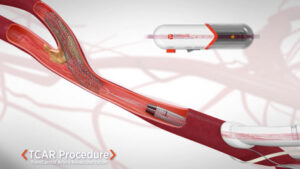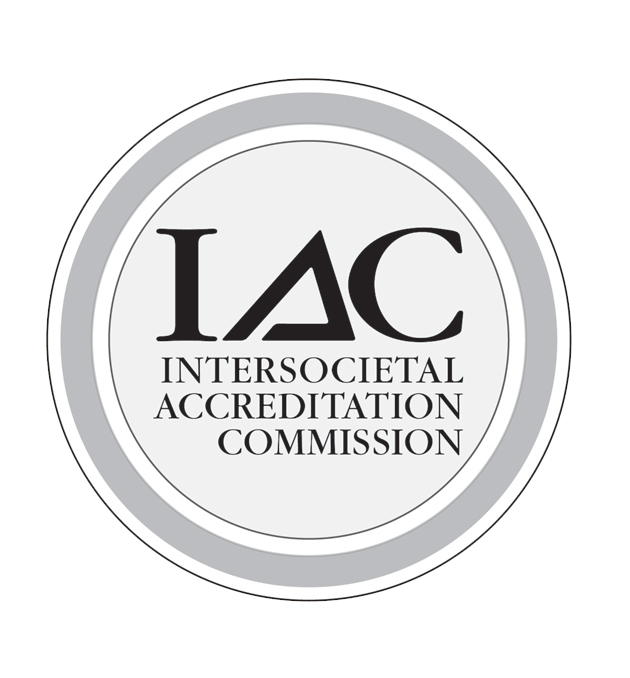 Disease of the carotid artery is related to, in large part, the amount of atherosclerosis (or plaque) that is present in one of the main arteries to the brain—the Internal Carotid Artery (ICA. )Typically, the more plaque that is present, the narrower the diameter of the internal portion of the artery is that is delivering blood to the brain. One potential cause of stroke is the lack of enough blood flow to the brain that may be reduced as the inner diameter of the ICA get smaller. Alternatively, a piece of the plaque in the ICA could break away and travel to the brain lodging in a small artery producing a stroke by restricting blood flow (and oxygen) to a particular area of the brain.
While degree of narrowing within the carotid artery is a factor in determining whether intervention is required, the presence of symptoms related specifically to the carotid artery in question is another important factor to be considered. People may have a significant degree of narrowing of their ICA—in fact, it may even be completely blocked (occluded)—and yet have no symptoms. Others may have moderate degree of narrowing (60%) and exhibit symptoms of a full stroke or a “mini-stroke” (referred to as a Transient Ischemic Attack [TIA].) Utilizing these two factors—in addition to the overall condition of the individual—your physician can make a recommendation that is right for you.
Disease of the carotid artery is related to, in large part, the amount of atherosclerosis (or plaque) that is present in one of the main arteries to the brain—the Internal Carotid Artery (ICA. )Typically, the more plaque that is present, the narrower the diameter of the internal portion of the artery is that is delivering blood to the brain. One potential cause of stroke is the lack of enough blood flow to the brain that may be reduced as the inner diameter of the ICA get smaller. Alternatively, a piece of the plaque in the ICA could break away and travel to the brain lodging in a small artery producing a stroke by restricting blood flow (and oxygen) to a particular area of the brain.
While degree of narrowing within the carotid artery is a factor in determining whether intervention is required, the presence of symptoms related specifically to the carotid artery in question is another important factor to be considered. People may have a significant degree of narrowing of their ICA—in fact, it may even be completely blocked (occluded)—and yet have no symptoms. Others may have moderate degree of narrowing (60%) and exhibit symptoms of a full stroke or a “mini-stroke” (referred to as a Transient Ischemic Attack [TIA].) Utilizing these two factors—in addition to the overall condition of the individual—your physician can make a recommendation that is right for you. Lifestyle Modification
As in any disease produced by atherosclerosis (hardening of the arteries), lifestyle modification must occur to reduce the risk factors that can be altered. [See TREATMENT FOR PAD for a full description. ]This may be the sole therapy that is needed depending on the factors mentioned above. However, if your physician believes that the artery requires repair—that is, the diameter of the blood flow channel needs to be improved—two options exist: Angioplasty and Stenting of the carotid artery or the direct removal of plaque from the artery.
Angioplasty and Stenting
This well-known technique in the heart, legs and elsewhere has only recently been applied to the carotid arteries. The physician is able to thread a small wire up to the carotid artery and through the narrowed area. Over that wire, a balloon with a long channel through it is passed to the area that is narrowed. The physician then inflates the balloon temporarily, thereby cracking the hardened plaque and widening the artery. The balloon is removed and a metal lattice (stent) is then passed over the same wire and expanded to keep the area that was just widened open. The entire procedure can be done through a 2-3mm pinhole in the groin leaving the patient with a small Band-Aid type dressing at the end. Local anesthesia is usually all that is required with the help of a sedative in some situations.
Carotid Endarterectomy
The most time-tested treatment for carotid disease is surgery whereby the plaque is scraped from the inside of the artery thereby increasing the inner diameter. This technique, called a Carotid Endarterectomy, has been the mainstay of the treatment of carotid disease since the 1950s. An incision is made on the appropriate side of the neck and the artery is opened allowing the surgeon access to the plaque within the artery. Once the plaque is removed, the surgeon can close the artery using a small patch to increase its size and reduce the chance of the narrowing reoccurring.
TransCarotid Artery Revascularization (TCAR)
 A new innovative, less-invasive procedure called TransCarotid Artery Revascularization (TCAR) is now being used by our physicians to help treat the disease in those who are at risk for open surgery. Like Carotid Endarterectomy, this new procedure involves direct access to the carotid artery, but through a much smaller incision on the neck. During the procedure, a tube inserted into the carotid artery is connected to a system that temporarily directs blood flow away from the brain to protect against dangerous debris from reaching the brain. The blood is then filtered before returning it to a vein in the groin, and a stent is implanted directly into the carotid artery to stabilize the plaque and prevent future strokes. The procedure is performed in less than half the time of CEA and patients often have a shorter recovery period (typically spending just one night in the hospital). This procedure may be recommended if you’ve been diagnosed with carotid artery disease and are not a suitable candidate for CEA.
A new innovative, less-invasive procedure called TransCarotid Artery Revascularization (TCAR) is now being used by our physicians to help treat the disease in those who are at risk for open surgery. Like Carotid Endarterectomy, this new procedure involves direct access to the carotid artery, but through a much smaller incision on the neck. During the procedure, a tube inserted into the carotid artery is connected to a system that temporarily directs blood flow away from the brain to protect against dangerous debris from reaching the brain. The blood is then filtered before returning it to a vein in the groin, and a stent is implanted directly into the carotid artery to stabilize the plaque and prevent future strokes. The procedure is performed in less than half the time of CEA and patients often have a shorter recovery period (typically spending just one night in the hospital). This procedure may be recommended if you’ve been diagnosed with carotid artery disease and are not a suitable candidate for CEA. Risks and Benefits
All three procedures have specific risks and benefits which must be appreciated by the physician and the patient in advance of the intervention. It is important to individualize a plan for each patient that both the patient and the physician are comfortable undertaking. At The Cardiovascular Care Group, we believe that all three procedures have a role in the treatment of carotid artery disease. It is our responsibility to evaluate each patient and to individualize a plan of care that is appropriate for them.






